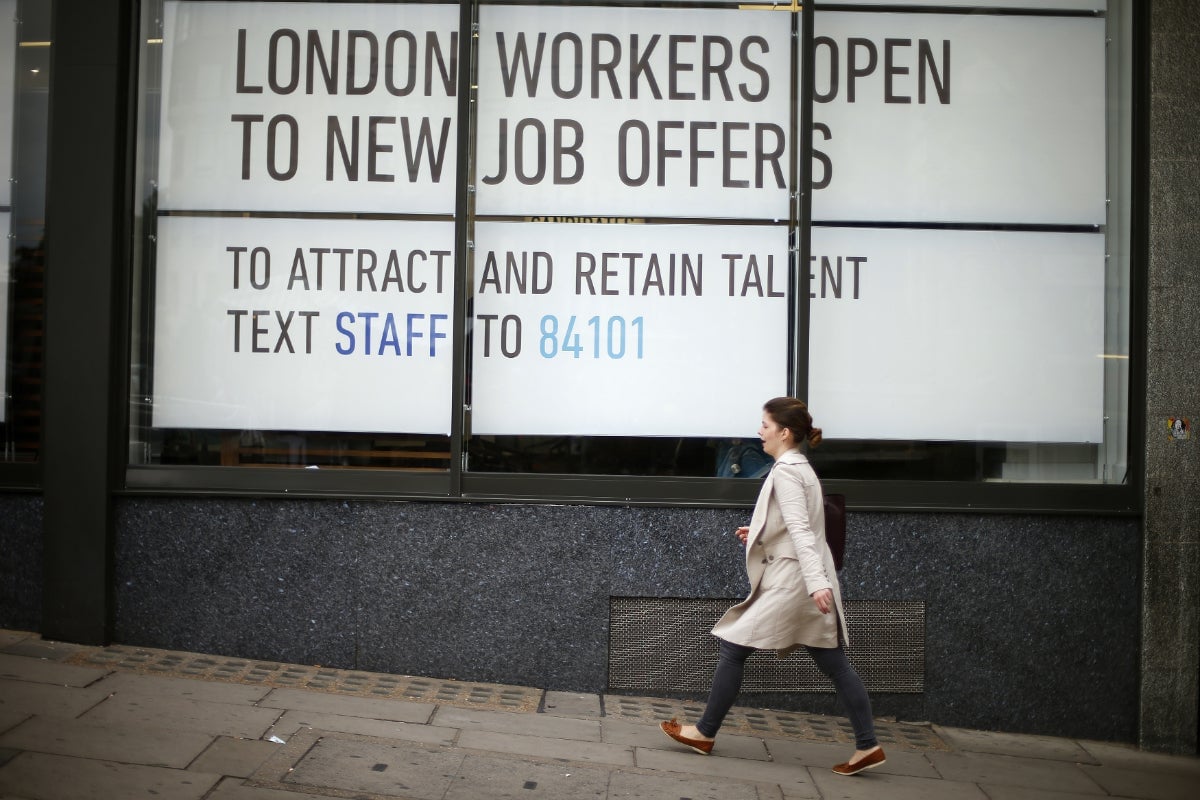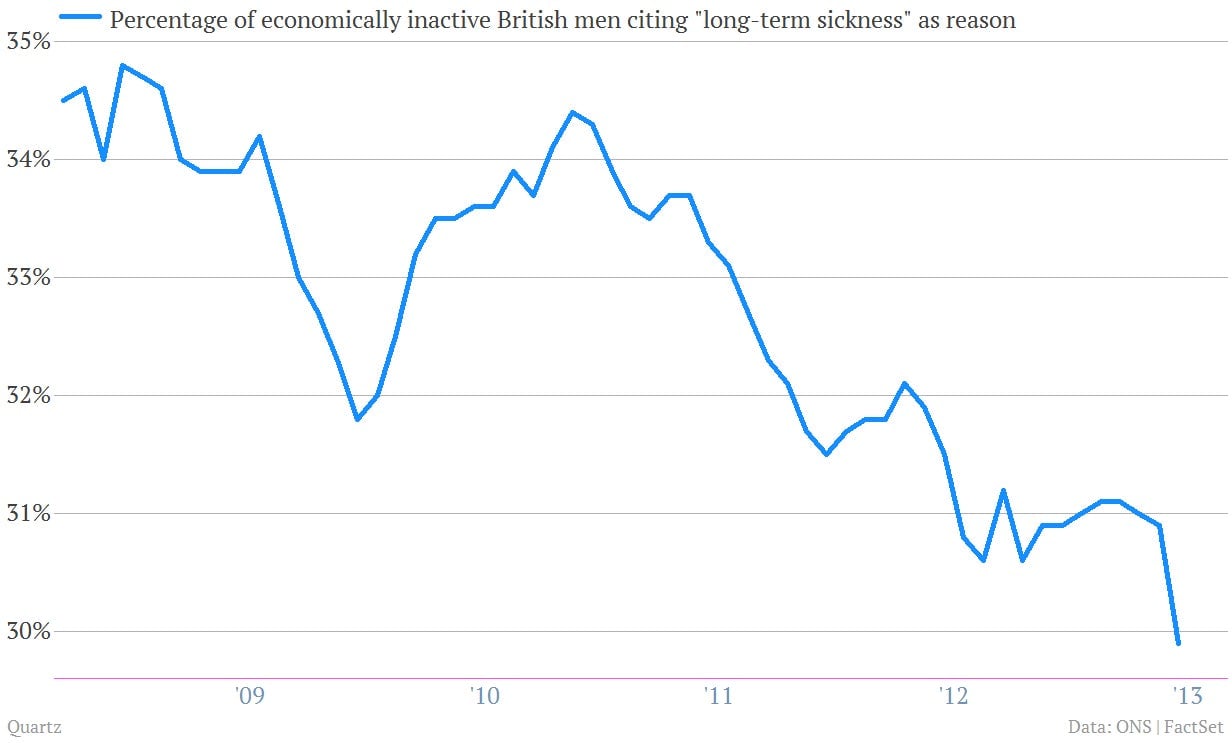Tough new welfare rules help drive Brits back to work
While things are improving, the UK job market is still pretty messy. The ranks of the unemployed are still swollen at around 2.5 million. The jobless rate is ticking lower but very slowly. In fact, Britain’s unemployment rate hasn’t really improved since shortly after the financial crisis.

While things are improving, the UK job market is still pretty messy. The ranks of the unemployed are still swollen at around 2.5 million. The jobless rate is ticking lower but very slowly. In fact, Britain’s unemployment rate hasn’t really improved since shortly after the financial crisis.
But there is one area of major movement in the British job market: participation. Labor market participation has increased dramatically in recent years. Take a look.

Why?
A few reasons, say JP Morgan economists who churned out a note on the topic recently:
- More older workers are staying employed as they pay for their longer lifespans and make up for paltry pension savings. An increase in the the state pension age for women is also pushing employment up among older women.
- And women in general are working more, in part perhaps to help make up for falling real incomes for many families and pay down debt.
- Tougher new welfare rules put in place by the Conservative-led government of David Cameron. JP Morgan economists elaborate:
The government has implemented a new system of assessment for those receiving benefits for long-term sickness and disability, aiming to encourage many back into work. The government has also limited the benefits payable to single parents, reduced housing benefits, and is in the process of introducing a universal credit to streamline the benefit system. A trend toward falling inactivity due to long-term sickness or looking after the home was in place prior to the recession, and policy changes have helped to keep that in place despite the downturn.
You can pick up some of the welfare dynamics from the data. For example here’s a look at the percentage of British men out of the labor force who cite “long-term sickness” as the reason.

It’s difficult to say how much these trends help explain Britain’s so-called “productivity puzzle.” (That refers to the fact that employment hasn’t fallen nearly as much as the overall economy. As a result, output per worker has collapsed.)
You could argue that increased labor participation among Brits—including low-paying part-time work—is helping to keep wages low enough to steady employment, which could explain a bit of “labor hoarding.” But JP Morgan economists say they haven’t seen a clear link between higher workforce participation and lower productivity in Blighty.